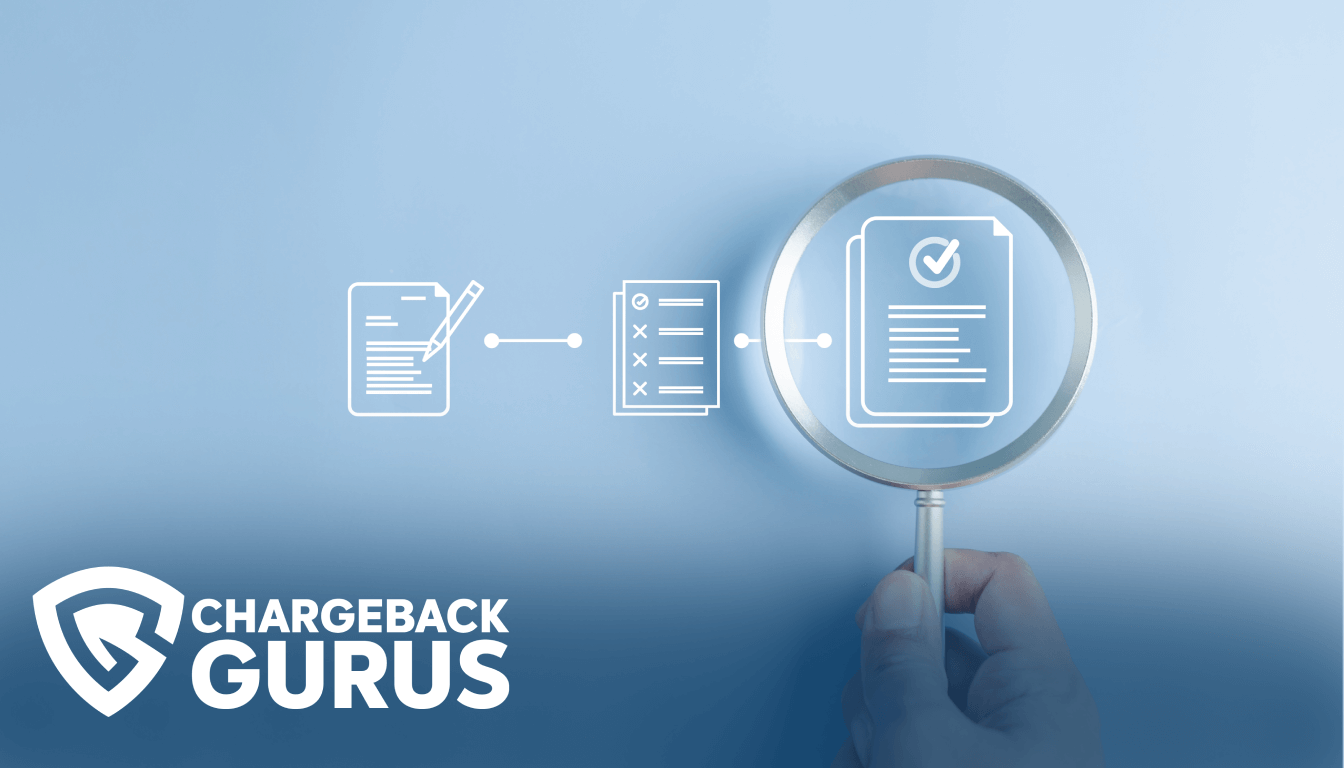Visa Chargeback Reason Code 12.6.1: Processing Errors

Table of Contents
- What is Visa chargeback reason code 12.6.1?
- What causes code 12.6.1 chargebacks?
- What's the time limit to respond to code 12.6.1 chargebacks?
- How can merchants fight code 12.6.1 chargebacks?
- How can merchants prevent code 12.6.1 chargebacks?
- About Visa chargeback reason codes
Merchants who receive a chargeback for a transaction placed with a Visa card may encounter reason code 12.6.1, which indicates an improperly processed transaction that the cardholder does not believe they should be responsible for paying. The actual underlying cause of this chargeback is usually either friendly fraud or merchant error. Merchants who believe they have received an invalid chargeback under reason code 12.6.1 may be able to represent the transaction and reverse the chargeback with the right compelling evidence.
What is Visa chargeback reason code 12.6.1?
Visa chargeback reason code 12.6.1 falls under the “Processing Errors” category. The shorthand description is “Duplicate Processing.” This reason code indicates that the cardholder is disputing the transaction as a duplicate charge. This might mean that the merchant submitted a batch of identical transactions more than once, that more than one transaction receipt exists for a single sale, or that the merchant accidentally processed the same transaction twice.
Credit card transaction processing requires trust and integrity between all participants. It’s up to merchants to ensure that each transaction they submit represents a distinct and valid purchase.
What causes code 12.6.1 chargebacks?
Duplicate processing can occur when a merchant keys in a transaction more than once, or when they submit a batch multiple times. End-of-day balancing procedures and other safeguards should prevent this from happening, but correct procedures are not always followed. Sometimes, network errors make it look like a batch submission hasn’t gone through when it actually has, causing the merchant to make an erroneous second submission.
It’s also possible for cardholders to erroneously dispute separate but similar transactions, such as recurring billings or multiple purchases from the same merchant in a single day. This reason code may also see use in intentional friendly fraud chargebacks, if a cardholder makes two identical charges in succession and tries to convince their bank that this was an error. This may be seen in disputes over in-app purchases, where it’s easy to make repeated similar purchases and buyer’s remorse is common.
What's the time limit to respond to code 12.6.1 chargebacks?
The acquirer or merchant has 30 days to respond to a chargeback filed under reason code 12.6.1
How can merchants fight code 12.6.1 chargebacks?
Merchants can fight code 12.6.1 chargebacks by providing evidence that the charges were separate purchases or that the duplicate charge was already refunded.
Your chargeback response should include the following:
- Individual and separate transaction receipts, or other documents, that prove that each transaction was different and separately processed.
- Proof that you did not receive any other form of payment for the goods or services purchased in the disputed transaction.
- If you have already processed a refund for the transaction in question, provide documentation that proves you have credited the cardholder’s account.
- If you have resolved the issue directly with the cardholder, provide proof, such as written correspondence, that proves they no longer wish to dispute the charge.
How can merchants prevent code 12.6 chargebacks?
If you are receiving duplicate processing chargebacks, there may be operation errors or bad procedures that are causing you to reenter or resubmit a single transaction more than once. A careful review of your processes, followed by a training refresher, should prevent further errors.
Take care when processing transactions and be sure to completely void out in-progress transactions when the customer decides to make a significant change, like switching to a different payment method. You can also protect yourself in the event of later friendly fraud disputes by keeping detailed transaction records, such as legible receipt copies.
The following tips can help you avoid this kind of chargeback:
- Review your transaction receipts before depositing.
- Submit transaction batches one at a time. If you’re not sure whether a batch needs to be resubmitted, ask your payment processor.
- Double-check all price calculations, transaction amounts, and payment types before finalizing a transaction.
- If a customer wants to change to a different form of payment after initially offering a payment card, be sure to void the card transaction immediately.
- If you notice a duplicate payment, issue a credit or process a transaction reversal immediately.
About Visa chargeback reason codes
Reason codes are alphanumeric codes that provide the justification for granting a chargeback. Pursuant to the Fair Credit Billing Act of 1974, cardholders have the right to dispute unauthorized or erroneous charges, and issuing banks must reverse a disputed transaction if the cardholder’s claim is valid.
When a cardholder contacts their issuing bank to dispute a transaction and receive a chargeback, the dispute is assigned a reason code that most closely matches the substance of the cardholder’s claims. The reason code provides the merchant and other stakeholders in the dispute with a concise explanation for why a chargeback has been granted.
Each card network—Visa, Mastercard, American Express, and Discover—defines and maintains their own unique set of reason codes, which are applied to disputes by the banks that issue credit and debit cards under their brands.
Visa specifies 46 reason codes under the categories of Fraud, Authorization, Point-of-Interaction Error, Consumer Disputes, and Processing Errors. Visa uses a numeric scheme for its chargeback reason codes.
Understanding chargeback reason codes is one of the most essential parts of effective chargeback management. Identifying the chargeback reason code and the evidence required to fight it is the first step in chargeback representment, and analyzing your chargeback reason codes can provide you with insights into what types of disputes are causing you the most trouble. With this information, you can determine the root causes of your chargebacks and take action to prevent them from reoccurring.


